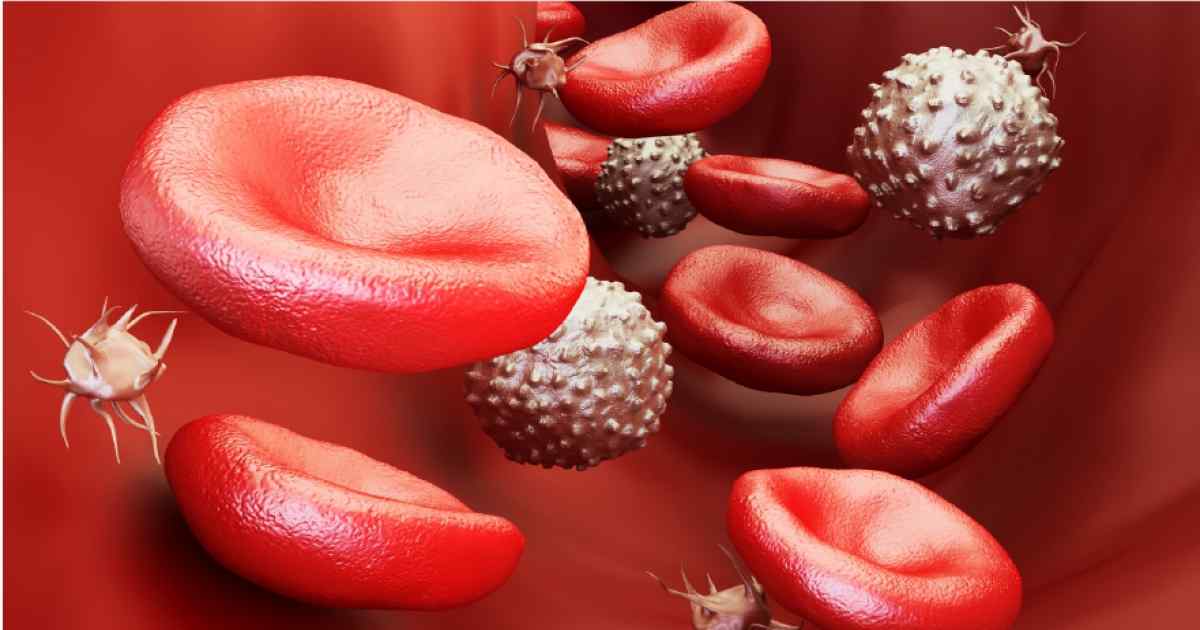Major Types of Blood Disorders
White Blood Cells: Multiple Myeloma

Multiple myeloma is a type of blood cancer that develops from the plasma cells or a type of white cell in an individual's blood responsible for the production of antibodies. Because plasma cells are made in an individual's bone marrow, multiple myeloma causes these malignant plasma cells to build up in the bone marrow and crowd out healthy cells. The cancerous plasma cells produce toxic proteins in the place of the antibodies they should be producing. These toxic proteins can cause a dangerous reduction in kidney function. Symptoms that commonly manifest in multiple myeloma patients include nausea, loss of appetite, mental fogginess, frequent infections, weakness in the legs, bone pain, constipation, fatigue, weight loss, and excessive thirst. A multiple myeloma diagnosis is made using blood tests, urinalysis, bone marrow biopsy, and imaging tests. In asymptomatic individuals affected by this type of cancer, treatment may not be needed until further progression is detected. For more advanced stages of multiple myeloma, treatment may involve a bone marrow transplant, chemotherapy, targeted therapy, biological therapy, radiation therapy, and corticosteroids.
Platelets: Thrombocytopenia

Thrombocytopenia is a blood disorder characterized by a deficiency of thrombocytes, platelets responsible for blood clotting. This disorder occurs when too many of an individual's platelets are being destroyed, or when the bone marrow does not produce enough thrombocytes or platelets. A healthy individual's blood contains between 140,000 to 440,000 platelets per microliter, and any individual with a platelet count under 140,000 is considered to have thrombocytopenia. Symptoms of this condition include tiny red dots on the skin of the lower legs called petechiae, excessive bruising with minor trauma, bleeding gums, heavy menstrual periods, blood in the urine, and blood in the stool. A diagnosis is made using a blood test that counts the number of platelets present in a patient's blood. Treatment of thrombocytopenia depends on the underlying cause of the disorder. Careful avoidance of injuries and frequent platelet transfusions are common treatments for individuals affected by difficult cases of thrombocytopenia.
